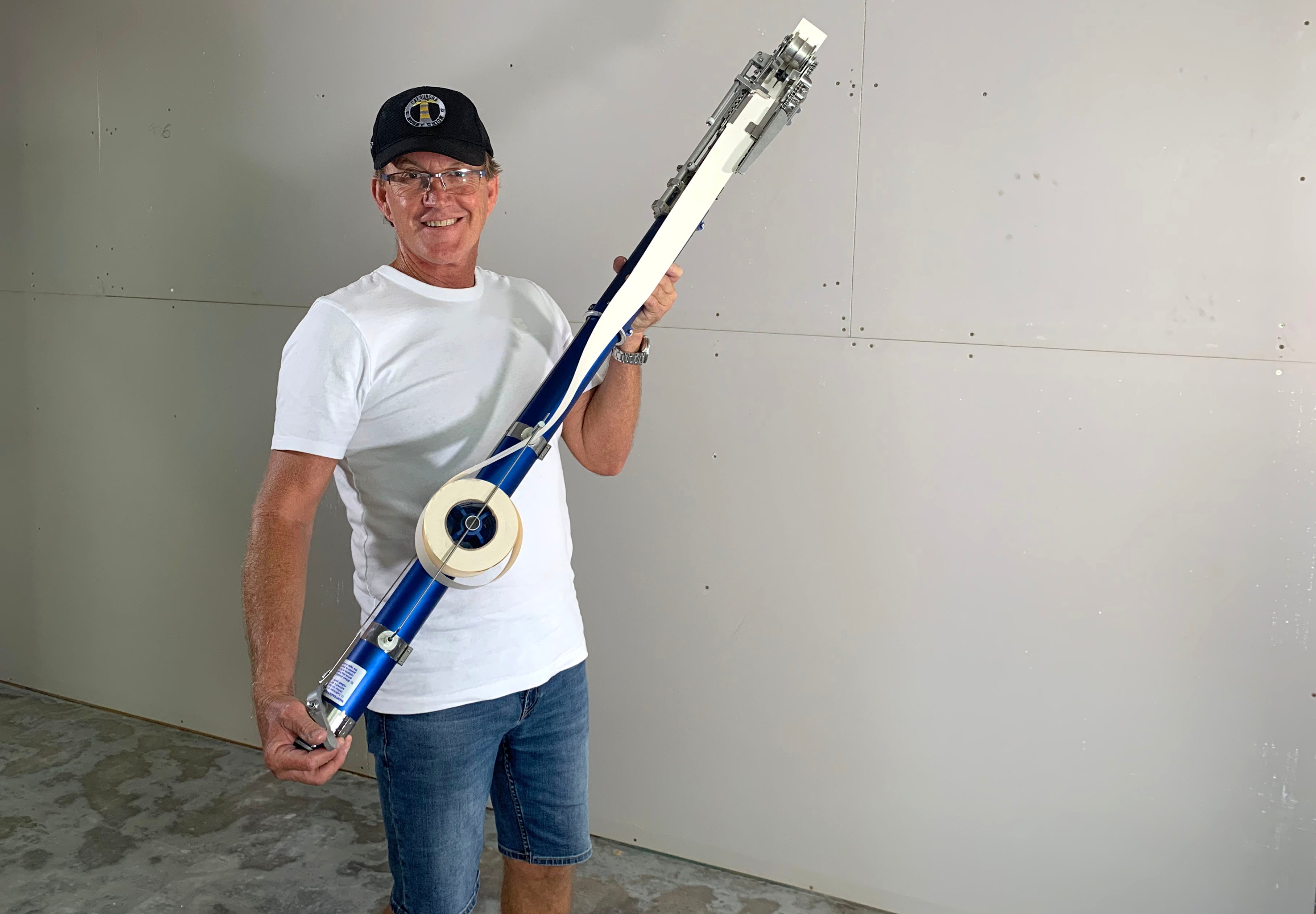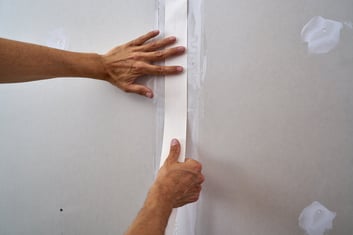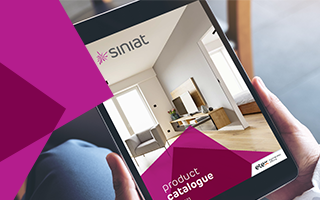 Professional plasterers agree that joint tape is an important component of a full plasterboard setting system. The tape strengthens and reinforces joints and helps to prevent cracking along the joint lines.
Professional plasterers agree that joint tape is an important component of a full plasterboard setting system. The tape strengthens and reinforces joints and helps to prevent cracking along the joint lines.
Plastering tape – three options
Some tradespeople may remember the early days when cotton joint tape similar to gauze bandage was embedded in the compound to reinforce joins and corners. But we have come a long way since those days and today there are three basic types of joint tape on the market:
- Paper tape – by far the product of choice of professional plasterers
- “FibaFuse” - the brand name of a paperless joint tape
- Fibreglass tape – self-adhesive tape made of fibreglass
What does joint tape do?
Joint tape is essential for the strengthening of joints and to prevent future cracking.
Joint tape supports the joint compound along joint lines and in corners and helps to keep compound in place. Joint lines and corners can be particularly prone to cracking due to the movement of the wall, but the tape helps to keep the compound from cracking and crumbling as the building settles.
Why paper tape?
Most professional plasterers prefer pap er tape for its excellent resistance to cracking and provides the strongest possible joint and easily usable with all taping tools.
er tape for its excellent resistance to cracking and provides the strongest possible joint and easily usable with all taping tools.
A good quality paper tape will have the right amount of spark perforations to allow trapped air to escape and avoid bubbles underneath. Plasterers prefer a “crisp” paper with good body, a rough surface for the compound to adhere to and a good crease down the centre for easy folding when applying to corner joints.
It is important to note that there’s a difference between the two sides of the tape. Both sides are buffed to provide better adhesion, but the inside of the roll will always be the smoother side. The outside of the roll should therefore always be applied to the wet compound for the best adhesion.
Paper tape is thin enough (0.2 mm) to create a seamless appearance. Inexperienced plasterers may find self-adhesive fibreglass tape easier to work with, but Siniat recommends using paper tape to create stronger joints that are less prone to defects.
- If fibreglass tape is used, all joints must be back-blocked or backed by a framing member. Fibreglass tape is not permitted for use in wet areas or fire rated systems.
The three-coat jointing system
The three-coat jointing system recommended by Siniat consists of a bedding coat, a second coat and a finish coat of compound. To achieve Level 4 and Level 5 finish, the three-coat jointing system must be used for all joints and external corners. Internal corners only require a bedding coat and a finish coat.
Paper tape is embedded into the compound of the bedding (first) coat. The tape is placed along the joint and bedded into the compound, removing excess compound and any air bubbles from behind the tape.
A skim coat of compound is then applied over the tape.
The second coat of compound is applied after the bedding coat has dried, and the third coat is similarly applied after the second coat has dried. The plasterer will then proceed with sanding the joint to a smooth and even finish.
- For the strongest joints, paper tape is recommended with two coats of Siniat mastabase, mastalongset or mastatape-in and a final coat of mastaglide, mastalite or mastaline.
Refer to the Siniat Plasterboard Installation Guide for more information about the Three-Coat Jointing System.
Common mistakes
- Using too little or too much compound can result in the tape shifting or wrinkling or bubbles appearing on the surface. Insufficient plaster above or below the tape can also lead to dry-out under extreme conditions (see below).
- Using compound that is mixed too thick for the bedding coat is another application problem, and may increase the risk of cracking.
- Incorrect use of mechanical tools can lead to tape-lift. Many plasterers prefer using paper dispensing tools that allow for simultaneous application of paper tape and the first bedding coat, but mechanical application still requires good knowledge of the taping process and compound performance.
- Premature dry-out or tape-lift can occur in extreme conditions, e.g. on hot and windy days. The compound is often blamed, but the truth is that the early exit of moisture due to these conditions can ruin the performance of even the best compounds.
Hot conditions will lead to the compound drying out before the chemical set action has taken place, resulting in the compound becoming soft and powdery and reducing the bond.
When the compound dries noticeably faster than the nominated set time provided on the packaging, change to a compound with a faster setting time.
If the board, especially the ceiling, feels hot to the touch, consider taping in the early part of the day.
- When repairing cracks or tape-lift, do not attempt partial repair. Remove the tape and retape.
For further information about taping and plasterboard installation, download the Siniat Plasterboard Installation Guide.







